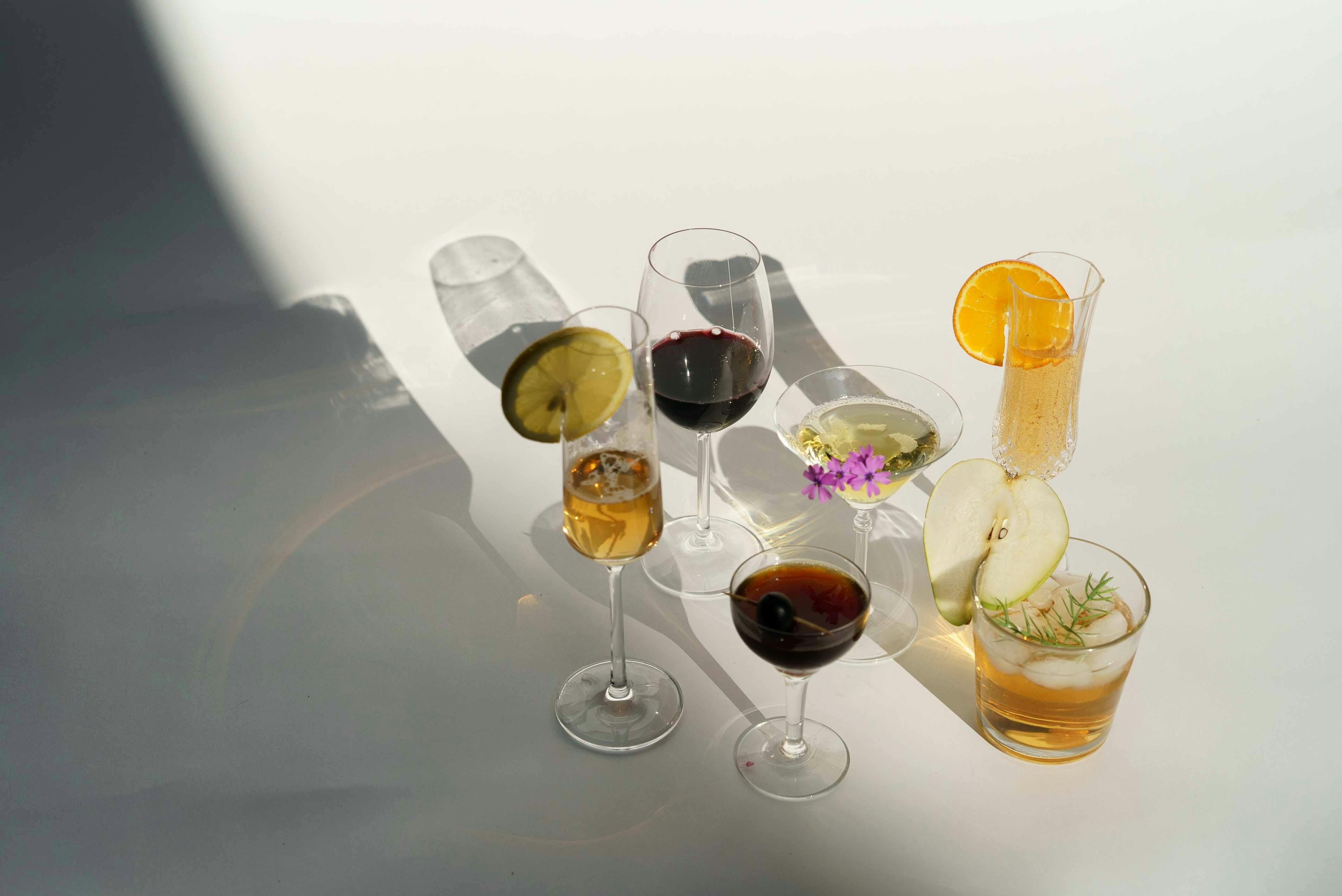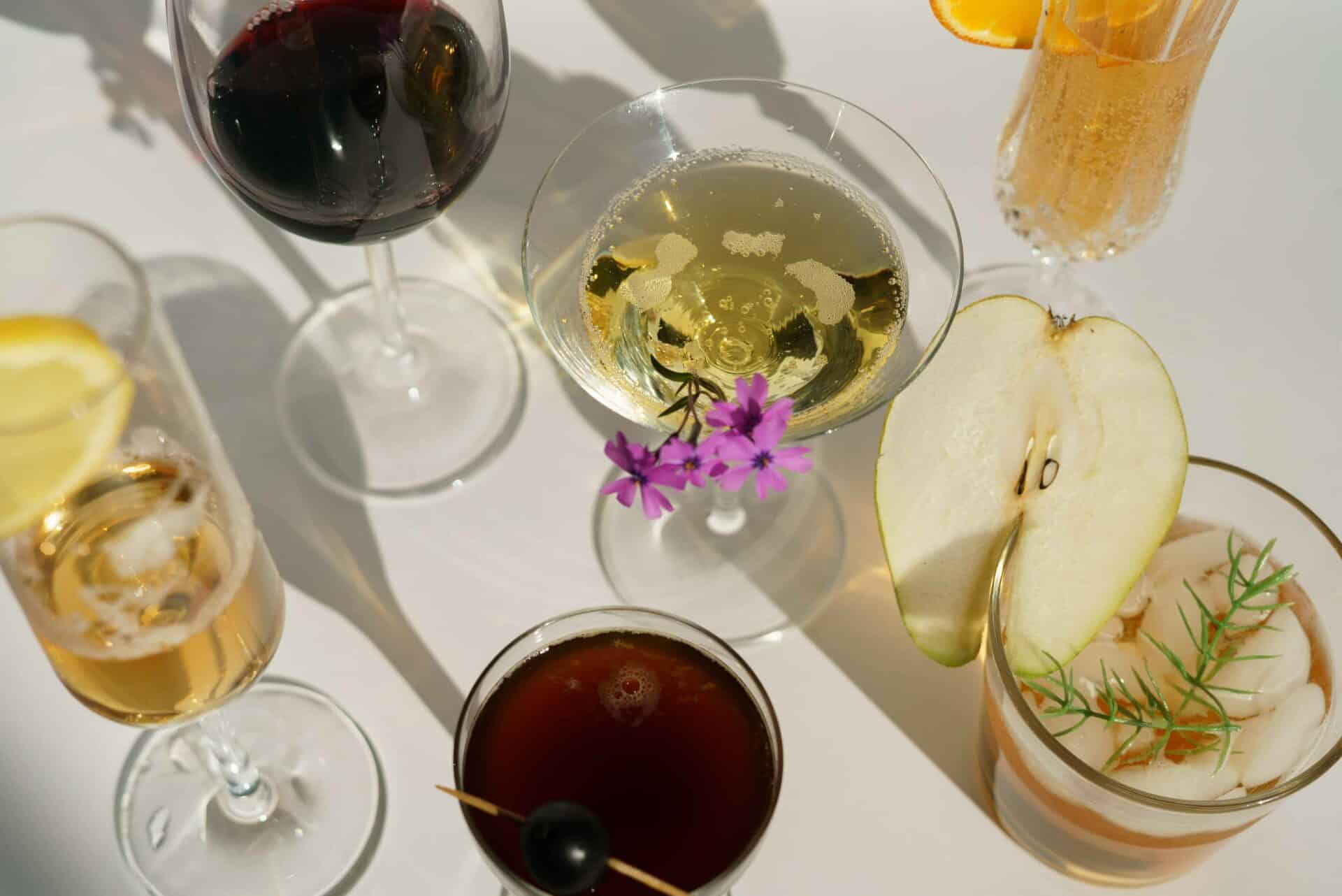Distilling alcohol from fruit is a centuries-old process that allows you to make your own alcoholic beverages at home. With the right equipment and ingredients, you can distill your own fruit alcohol with relative ease. In this guide, we will discuss the basics of distilling alcohol from fruit, including what equipment you need, how to prepare the fruit and how to go about distilling it. By following these instructions, you can make your own delicious and unique alcoholic beverages in no time.Distilling alcohol from fruits is a relatively straightforward process. To get started, you will need the following supplies:
• Fermenting vessel
• Airlock
• Hydrometer
• Thermometer
• Stove
• Distillation still
• Collection vessel
1. Start by washing and cutting the fruit into small pieces and placing them in the fermenting vessel. Add yeast to activate fermentation, then seal the vessel with an airlock to prevent oxygen from entering. Use the hydrometer to measure the sugar content of the liquid. The higher the sugar content, the higher the alcohol content.
2. Let the mixture ferment for several days or weeks until it reaches its peak alcohol level, as measured by your hydrometer. Monitor temperature with a thermometer to make sure it doesn’t exceed 80 degrees Fahrenheit (27 degrees Celsius).
3. Once fermentation is complete, heat up your distillation still on a stove over low heat until it begins to boil. This will allow for vaporization of your fermented liquid, which will result in separation of water and alcohol molecules due to their different boiling points.
4. Collect and store your distilled alcohol in
What You Need To Distill Alcohol From Fruits
Distilling alcohol from fruits is a process that requires a few specific pieces of equipment. The most important piece of equipment is the still, which must be able to withstand the heat required to boil off the alcohol. You will also need a heat source, such as a stove or hot plate, and something to contain and cool the vaporized alcohol, such as a condenser. Additionally, you will need vessels for collecting the distilled liquid and for fermenting and storing the finished product.
The type of still you use will depend on what type of fruit you are attempting to distill. For example, if you are using grapes or apples, then an alembic still would be ideal. If you are using other types of fruits, then a reflux still might be better suited. In either case, it is important to make sure that your still is made from materials that can withstand the heat generated during distillation.
In addition to the still itself, you will need some way to heat the fruit mash in order to separate out the alcohol. A standard stovetop or
Choosing the Right Fruit
The first step to distilling fruit alcohol is to choose the right fruit. Depending on the type of alcohol you want to make, you will need to choose fruits that are high in sugar or starch content. For example, apples and grapes are great for making brandy, while grains such as wheat and barley are best for making whiskey. It is also important to choose fruit that is ripe and free from any blemishes or defects. Once you have chosen the right fruit, you can move on to the next step of preparation.
Preparing the Fruit
Once you have chosen your fruit, it is time to prepare it for distillation. You will need to wash and clean the fruit thoroughly before cutting it into small pieces. This will allow for more efficient extraction of the sugars and starches from within the fruit. It is also important to remove any seeds or stems from the fruit before continuing with the distillation process.
Creating a Mash
Once you have prepared your fruit, it is time to create a mash. A mash
Step 1: Selecting and Preparing the Fruit
The first step in distilling fruit alcohol is to select and prepare the fruit. It is important to choose ripe, high-quality fruit for the best results. The fruit should be washed and then cut into small pieces for easier fermentation. If desired, additional ingredients such as sugar or yeast can also be added to the mixture before fermentation begins.
Step 2: Fermenting the Mixture
The next step in distilling fruit alcohol is to ferment the mixture. This process involves allowing the mixture to sit in a warm environment for several days or weeks. During this time, the sugars in the mixture will break down and convert into alcohol. It is important to monitor the temperature of the fermentation vessel during this process since too much heat can cause off-flavors in the finished product.
Step 3: Distillation of Alcohol
Once fermentation has been completed, it is time to move on to distillation of alcohol. This process involves heating up the fermented mixture until it turns into a vapor that
Understanding The Distilling Process
Distilling is a process used to separate liquids from solids, or to purify liquids. This process has been around for centuries and is used in many industries, including the production of alcohol. The basic principle behind distilling is the boiling point of a liquid. At a certain temperature, a liquid will start to vaporize and rise as steam, while the solid components remain at the bottom. This steam can then be cooled and condensed back into liquid form. The resulting liquid is usually much purer than the original mixture.
The distillation process begins with the raw material being heated up, usually in a large still or pot still. Heat is applied until the mixture reaches its boiling point, which varies depending on what is being distilled and what components it contains. As the temperature rises, some of the liquid evaporates and rises as steam and is collected at the top of the still or pot still. This steam then passes through a condenser where it is cooled back down into liquid form. This condensed liquid, known as distillate, can then be collected in a container for further processing or consumption.
<
Different Types Of Fruits To Use For Distillation
Fruit distillates are becoming increasingly popular in the craft spirits industry, as they bring a unique flavor and aroma to any spirit. A variety of fruits can be used for distillation, including apples, pears, cherries, plums, berries, citrus fruits, melons and tropical fruits. Apples and pears are most commonly used for making eau de vie or brandy. Cherries and plums are often used to make kirschwasser or slivovitz. Berries such as raspberries, strawberries and blueberries are often used to make flavored liqueurs or gins. Citrus fruits like lemons, oranges and grapefruits can be used to make limoncello or other citrus-infused spirits. Melons like watermelon and cantaloupe can offer a sweet flavor when added to a spirit base. Finally, tropical fruits such as mangoes, papayas and pineapples are popular in making tiki-style cocktails or other exotic drinks.
The type of fruit used will dictate the flavor of the final product.
Choosing The Right Equipment For Your Needs
When it comes to purchasing equipment for your business, there are a few important factors to consider. Taking the time to research and compare different options is essential to ensure you choose the best equipment for your needs. Here are some tips that can help you make the right decision:
First, assess your needs and determine what kind of equipment is necessary for your business. Consider things like size, power, portability, and cost. Make sure you understand what features you need in order to get the most out of your equipment investment.
Next, compare different brands and models. Look at reviews from other users and read up on technical specifications for each model you’re considering. This will help you understand which model has the features that best meet your needs.
Finally, don’t be afraid to ask questions or seek advice from professionals if you’re having trouble deciding which model is right for you. There are a variety of experts in the industry who can provide valuable insights into which features are important for different types of businesses. When handling equipment for fruit alcohol distillation, it is important to take safety precautions to ensure the process is carried out safely. To start, be sure to wear the appropriate protective gear. This includes safety glasses, gloves, and a face mask if necessary. It is also important to make sure you are using the right type of equipment for your specific needs. Make sure that all of your equipment is properly installed and secured before use. Be sure to check all connections for leaks or any potential problems before beginning the distillation process. Additionally, make sure that all valves are properly closed and that all hoses are securely attached before starting up the machine. In order to ensure safety during the distillation process, it is important to never leave any open flames in the room where you are working. Additionally, be sure that any flammable materials are stored away from any potential sources of heat or ignition. Make sure that all access points are locked and secure when not in use to prevent unauthorized access. Finally, it is important to regularly inspect your equipment and replace any worn out parts as needed. This can Distilling alcohol from fruit is a rewarding experience. While the process may seem complicated at first, it is actually quite simple and straightforward. With the right tools and materials, you can easily make high quality spirits from fruits in your own home. There are many different recipes for making different types of alcoholic beverages from various kinds of fruits, so experiment with different combinations to find the one that you prefer. Enjoy responsibly! Cheers!

Conclusion

